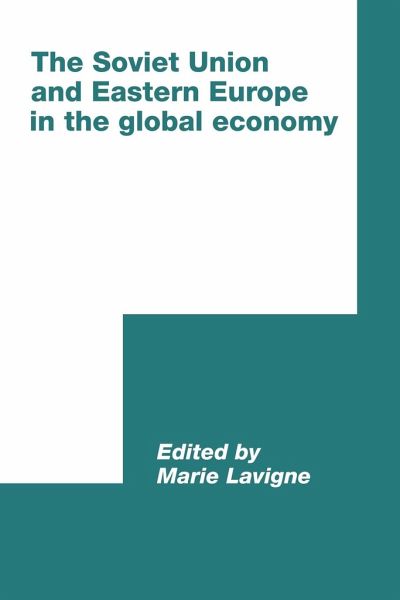
The Soviet Union and Eastern Europe in the Global Economy
Versandkostenfrei!
Versandfertig in 1-2 Wochen
40,99 €
inkl. MwSt.

PAYBACK Punkte
20 °P sammeln!
The Soviet Union and Eastern Europe are moving away from a centrally planned economy toward integration within the global economy. How did this transition begin? Is this an aim which all the countries can afford? What conditions are to be met so that the countries will achieve a level of development comparable with the average level of their industrial partners? In this 1992 volume, leading international political economists from both the East and West provide an in-depth analysis of these questions. The contributors assess how the transition to the market requires liberalizing foreign trade, ...
The Soviet Union and Eastern Europe are moving away from a centrally planned economy toward integration within the global economy. How did this transition begin? Is this an aim which all the countries can afford? What conditions are to be met so that the countries will achieve a level of development comparable with the average level of their industrial partners? In this 1992 volume, leading international political economists from both the East and West provide an in-depth analysis of these questions. The contributors assess how the transition to the market requires liberalizing foreign trade, introducing convertibility, and transforming property structures, all of which are also part of the ongoing domestic reform. They also examine how these countries overcome their development lag and implement a restructuring policy.




